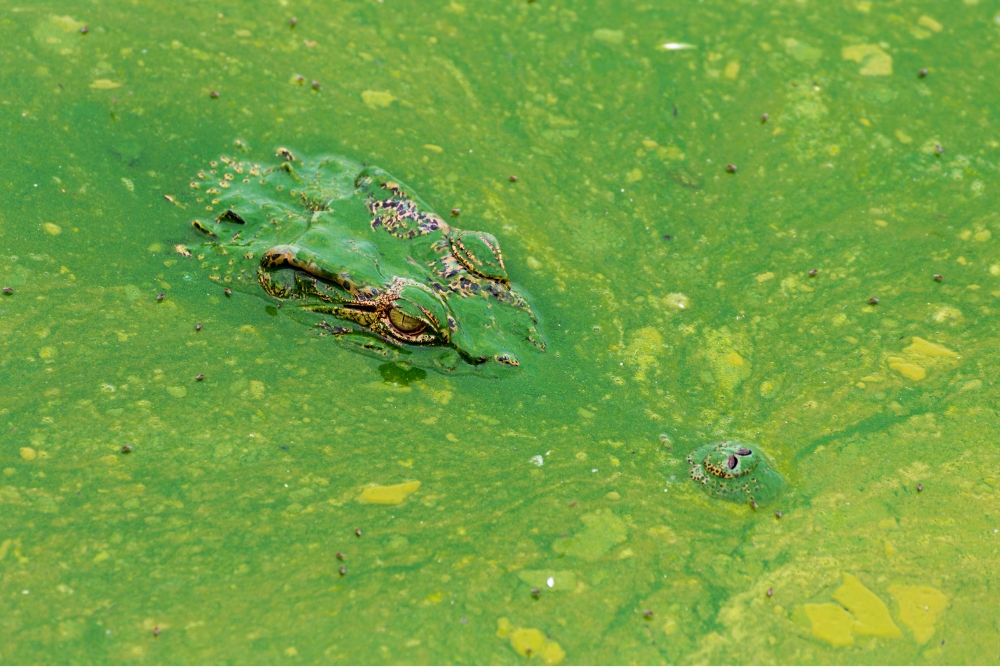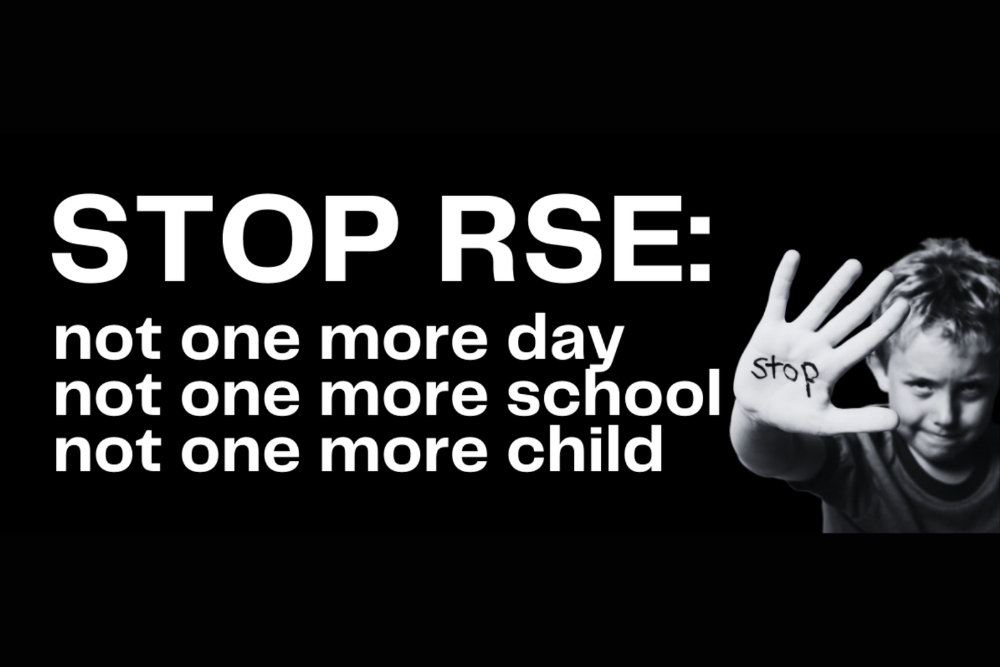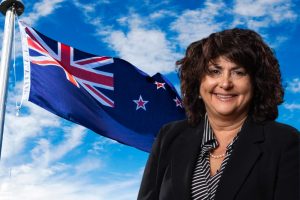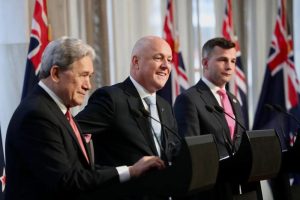By Cranmer
The sheer scale and magnitude of the mechanism that lies at the heart of the Three Waters reforms is mind-boggling and threatens to totally overwhelm the water services structure.
Despite lying at the heart of the Three Waters reforms, Te Mana o te Wai statements have remain largely obscured from public view but they carry such unbridled power that they threaten to overwhelm the entire water services structure.
As my first article on the topic explained, Te Mana o te Wai statements are set out in section 140 of the Water Services Entities Bill. It’s important to note that Te Mana o te Wai is defined differently depending on where it is used. Both the Water Services Act 2021 and the Water Services Entities Bill define Te Mana o te Wai as having:
the meaning set out in the National Policy Statement for Freshwater Management.”
However, crucially this is not the definition that is used for Te Mana o te Wai statements. Instead the Water Services Entities Bill includes a second definition which states that a:
Te Mana o te Wai statement for water services means a statement provided by mana whenua to a water services entity under section 140″
These two definitions are not connected in any way to each other and when you look at section 140 of the Bill you see that there are no parameters, limits or indeed any guidance at all as to what may be included in a Te Mana o te Wai statement. The Bill simply states that “mana whenua whose rohe or takiwā includes a freshwater body in the service area of a water services entity may provide the entity with a Te Mana o te Wai statement for water services”.
If you look to public statements made by the Government as a means of ascertaining the scope of Te Mana o te Wai you find very little. In fact in her address to the House introducing the Bill to Parliament, Minister Mahuta said no more than is in the Bill itself:
The bill contains robust mechanisms to provide for and promote iwi Māori rights and interests. Mana whenua whose rohe or takiwā includes a freshwater body can make a te mana o te wai statement for water services which the board must give effect to. This approach is consistent with other water services legislation, including the Water Services Act.
However the Minister’s cabinet papers give a far more fulsome and altogether more concerning description of the power of Te Mana o te Wai. The June 2021 Cabinet Paper describes the statements as “a new mechanism for expression of kaitiakitanga, that will enable mana whenua to prioritise their capacity and capability through a flexible mechanism where the onus of response shifts to the water services entity”.
Importantly, Minister Mahuta describes the unbridled nature of the statements that we see set out in the current Bill in the following manner “rather than statutorily prescribe the requirements of an expression of kaitiakitanga, my preference is to enable mana whenua to express this in a manner that aligns with their mātauranga-a-iwi”. In other words, it’s up to each iwi and hapū to decide what is in the statements.
The Minister then goes on to describe what she considers to be “broader wellbeing outcomes” that can include “economic aspirations for Maori enterprise and job creation” in the following terms:
The proposed Te Mana o te Wai statements could also be used by mana whenua to express their interest in participating within the broader water services delivery system. I see the statements as being holistic, enabling Māori to express a broad wellbeing approach, consistent with a Te Ao Māori approach to such matters, including economic, cultural, social and environmental expectations.
Such statements could contain economic aspirations with respect to Māori enterprise and job creation, particularly – but not exclusively – in areas related to mātauranga Māori expertise. This would require response from the water services entity as set out above, that does not prescribe solutions, but would present the shift in integrated partnered delivery that in combination with the other legislative settings above, that would be a material step change to current arrangements.
This is clearly the broadest possible approach that could be adopted – anything and everything can be included without limit. These statements can of course be issued by mana whenua – defined by the Bill as being the iwi or hapū holding and exercising, in accordance with tikanga, authority or other customary rights or interests in that area.
When Taumata Arowai, the new water regulator, was asked if they maintained a list of mana whenua they responded that they did not but instead pointed to a register of iwi and hapū maintained by Te Puni Kokiri. That list includes over 1200 iwi and hapū – each with a statutory right to issue a Te Mana o te Wai statement to the relevant water services entity.
To cap it off, section 91 of the Bill requires that the water services entities pay the remuneration, expenses and costs of mana whenua for exercising their duties, functions and powers under the Act. On the face of the Bill, this suggests that the water services entities will pay each iwi and hapū to prepare their Te Mana o te Wai statements. To confirm my understanding, I asked the Government, and a Department of Internal Affairs spokesperson confirmed that this is indeed the case with the following statement:
Under the Water Services Entities Act (currently the Water Services Entities Bill) the water services entities will be required to provide funding to their regional representative group and a regional advisory panel for that group or, as the case requires, to its territorial authority owners and to mana whenua, for remuneration, expenses, or costs.
These costs and expenses may include but are not limited to those associated with the preparation of Te Mana o te Wai statements.
The sheer number of these statements and their potential size and scope is mind-boggling. How much time, money and resource from the water services entities will be required to analyse each statement and respond with an implementation plan which is consistent with all of the other statements? How will statements that conflict with each other be reconciled? How will implementation of these statements be prioritised and how will they work alongside the requirements of the water infrastructure upgrade? Could these statements be used by an iwi to exert leverage over another iwi that it is in dispute with over another issue? Could an iwi use a statement to enhance a commercial interest of that iwi at the expense of a commercial competitor?
This unbridled expression of kaitiakitanga given to every iwi and hapū in the country and funded by ratepayers threatens to totally overwhelm the water services entities. And of course this is all completely untested. No-one has any idea whether this is workable until the system is implemented – at which time it will affect New Zealand’s entire water infrastructure.
Enough however is known now to suggest that this would be a monumental disaster for the country were this ever to be attempted.










